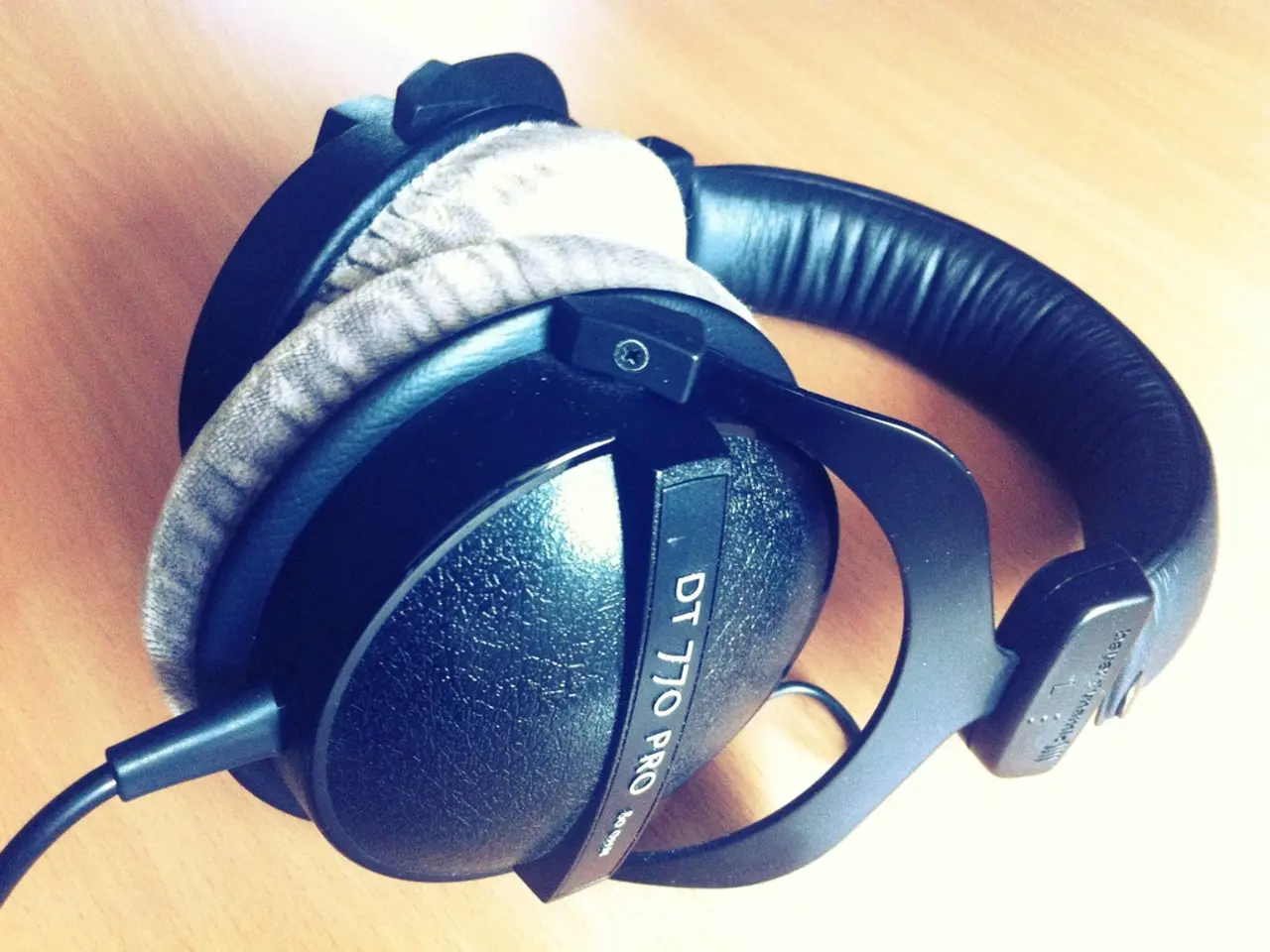Auditory Phenomenon of Binaural Beats: Exploring Advantages and Usage Strategies
Binaural beats, a fascinating audio phenomenon discovered by Heinrich Wilhelm Dove in 1839, are making waves in the world of wellness and cognitive enhancement. These subtle sounds, created by listening to two tones with slightly different frequencies in each ear, have been found to potentially influence our brain waves.
The human brain produces five distinct types of waves, each associated with specific mental states. These include delta waves (1-4 Hz), linked to deep sleep, pain relief, and healing; theta waves (4-8 Hz), associated with meditation, deep relaxation, and creativity; alpha waves (8-13 Hz), tied to stress reduction, positive thinking, and fast learning; beta waves (14-30 Hz), associated with increased concentration and problem-solving; and gamma waves (30 Hz and above), linked to high-level cognition, memory recall, and peak awareness.
When we listen to binaural beats, the brain interprets a "beat" with a new frequency, causing it to adjust and change our brain waves. This alteration could, according to some experts, impact certain brain functions that control the way we think and feel.
A growing body of research suggests that binaural beats may offer a host of potential benefits. For instance, they may positively affect anxiety, although larger-scale studies are needed to confirm these findings. Another study indicates that binaural beats could enhance training and learning, making them a promising tool for educational settings.
Potential benefits of binaural beats also include reduced stress and improved mood, increased focus and concentration, increased creativity, improved sleep habits, and better pain management. A 2019 study even suggests that binaural beats could induce the brain signals required for sleep, potentially increasing the quality of sleep.
It's important to note that while the potential benefits of binaural beats are promising, more research is needed to uncover their full benefits. If using binaural beats to help with a certain condition, it's recommended to consult a doctor about potential benefits and possible side effects.
To experience the effects of binaural beats, find a comfortable place free of distractions, use headphones or earbuds, and listen to the desired frequency for a varying length of time, up to 30 minutes a day. The practice of using binaural beats is said to have similar effects to meditation practice, inducing brain wave entrainment technology to create the same frequency and brain wave pattern experienced during meditation.
In conclusion, binaural beats offer a unique and intriguing approach to relaxation, learning, and cognitive enhancement. While more research is needed to fully understand their potential benefits, they present an exciting avenue for future exploration in the fields of wellness and cognitive science.
Read also:
- Peptide YY (PYY): Exploring its Role in Appetite Suppression, Intestinal Health, and Cognitive Links
- Toddler Health: Rotavirus Signs, Origins, and Potential Complications
- Digestive issues and heart discomfort: Root causes and associated health conditions
- House Infernos: Deadly Hazards Surpassing the Flames








